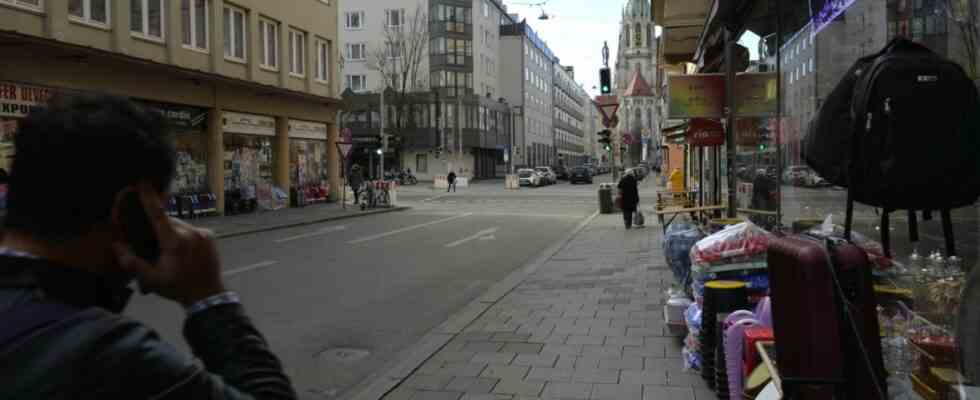More apartments and greenery in the station district? Not possible, it is often said, also because the quarter is designated as a so-called core area in the land use plan. The district committee wants to change that with a rededication.
With the modernization of the main train station and many construction projects in its vicinity, the whole district is likely to become fancier, cleaner and of course more expensive. It will probably not be a place to stay or even to live for the people of Munich – also thanks to a planning bureaucracy that unnecessarily stipulates the inhospitable current situation: As almost everywhere in the city center, the land use plan here shows a so-called core area, i.e. an urban area , in which, according to the official definition, economy, culture and administration have priority over living. That is why the Ludwigsvorstadt-Isarvorstadt (BA) district committee is now calling for an alternative in the form of a “special redevelopment area”.
The committee was inspired by a cross-party package of city council proposals submitted at the beginning of the year to improve the situation, but above all because more and more residents of the misunderstood district are turning to local politicians with their ideas. First and foremost, the core area definition makes increased residential construction more difficult, but also the fight against misappropriation, such as short-term rental to medical tourists, or the containment of arcades. In addition, the city administration often rejects greening measures and other positive impulses with reference to the core area. If the area were redesignated as a “special redevelopment area for the southern station district”, the city could, on the other hand, fall back on various paragraphs of “special building law” that the legislature tailored to the urban development and social redevelopment of problem areas.
Greening Schwanthalerstraße would be easier to enforce
The SPD application, which has now been unanimously passed by the BA, lists in detail which initiatives have not yet been tackled or rejected, even if not always only as a side effect of the core area: drug consumption rooms or a drug outpatient clinic, for example, failed due to the objection of the Free State. At the city level, a pilot project to test the “Tokyo traffic light circuit” on Goethestrasse and Landwehrstrasse, in which all pedestrians can cross the intersection at the same time, has failed so far. In the “special redevelopment area” it would probably be easier to implement the proposal for greening of Schwanthalerstrasse.
The “Südliches Bahnhofsviertel” association had also donated street lamps to Schwanthalerstrasse, which were quietly removed to set up a construction site. Projects for roof and facade greening have proven to be feasible, but unnecessarily tough in the core area, as the BA also lists. A single green sponsorship project on Schillerstrasse was implemented with a great deal of bureaucracy, but other sponsorship candidates are still available. The rather short positive list in the application text includes the redesign of St. Paul’s Square. Despite the legally difficult implementation, the BA also booked the Ludwigsvorstadt-Schwanthalerhöhe preservation statute, which is now to be extended indefinitely, to the income statement.

